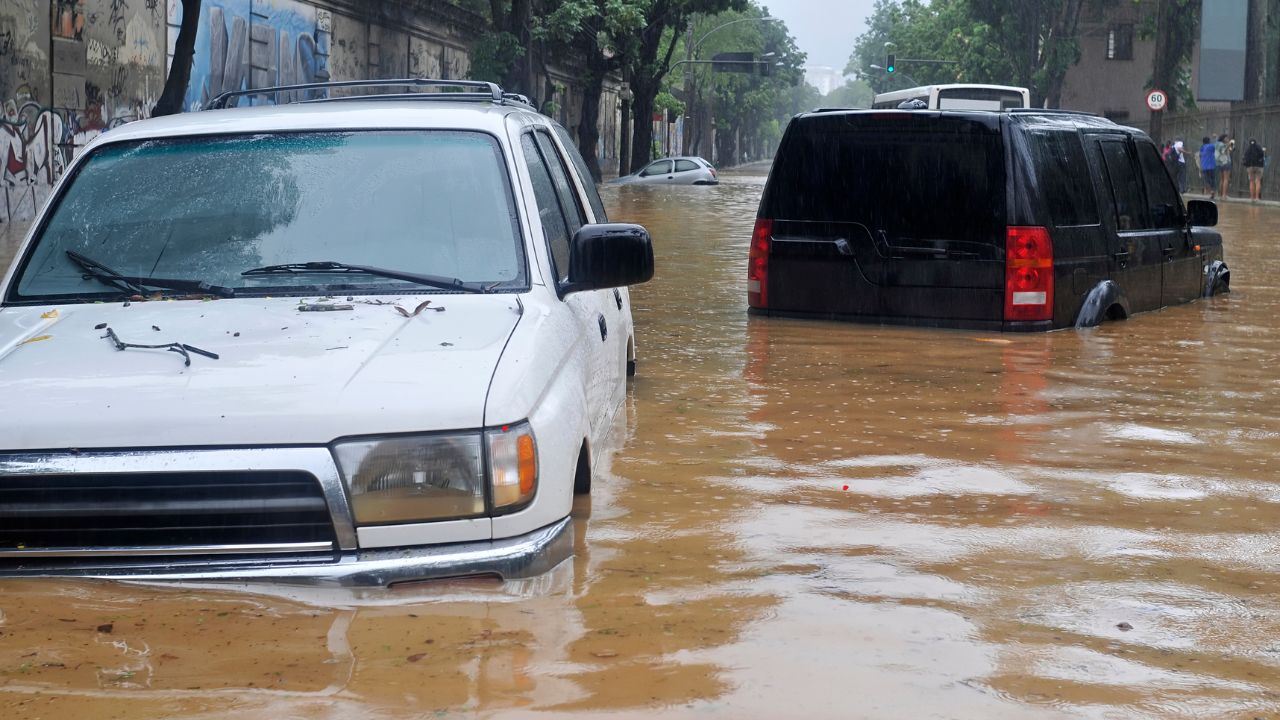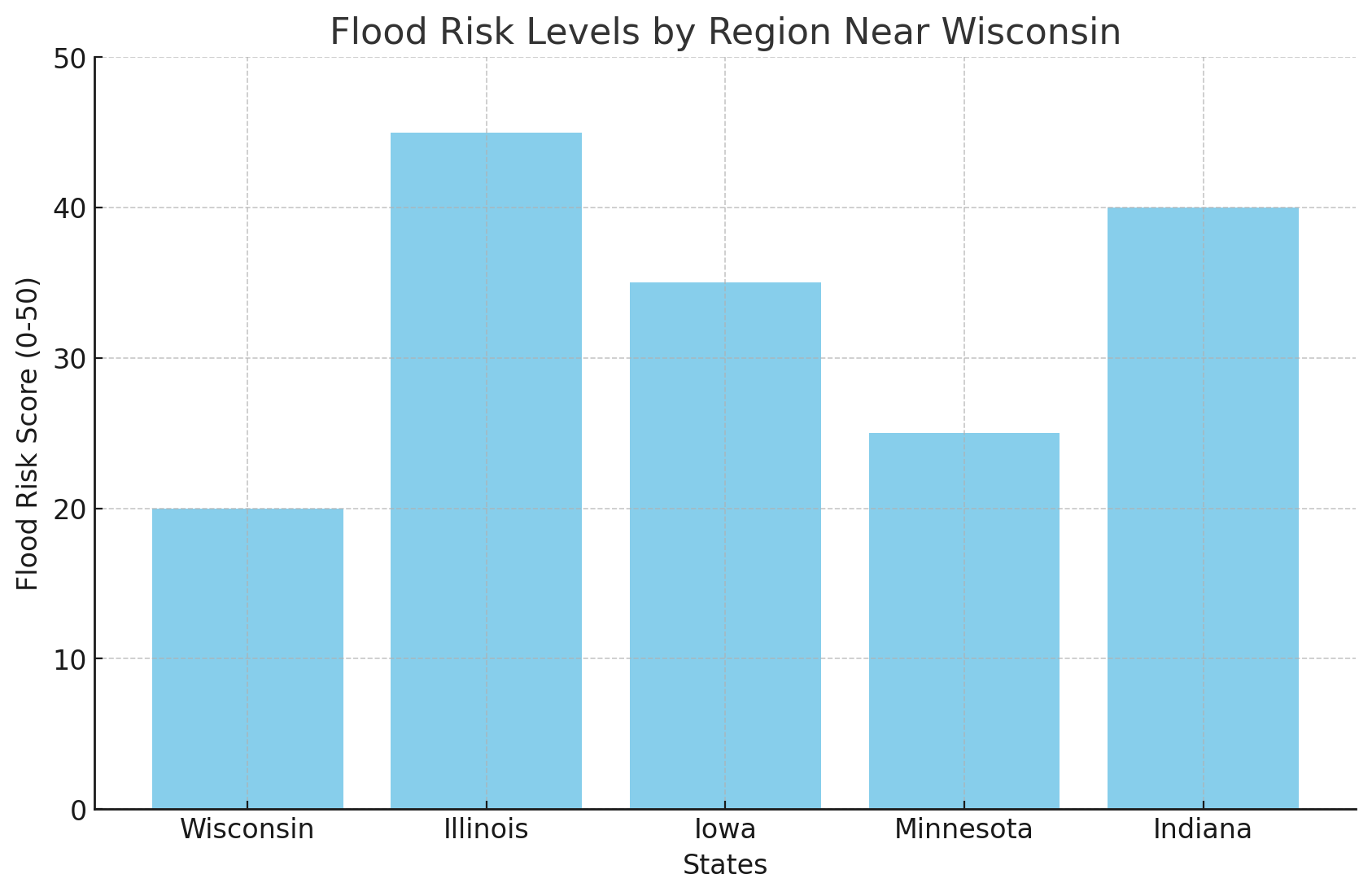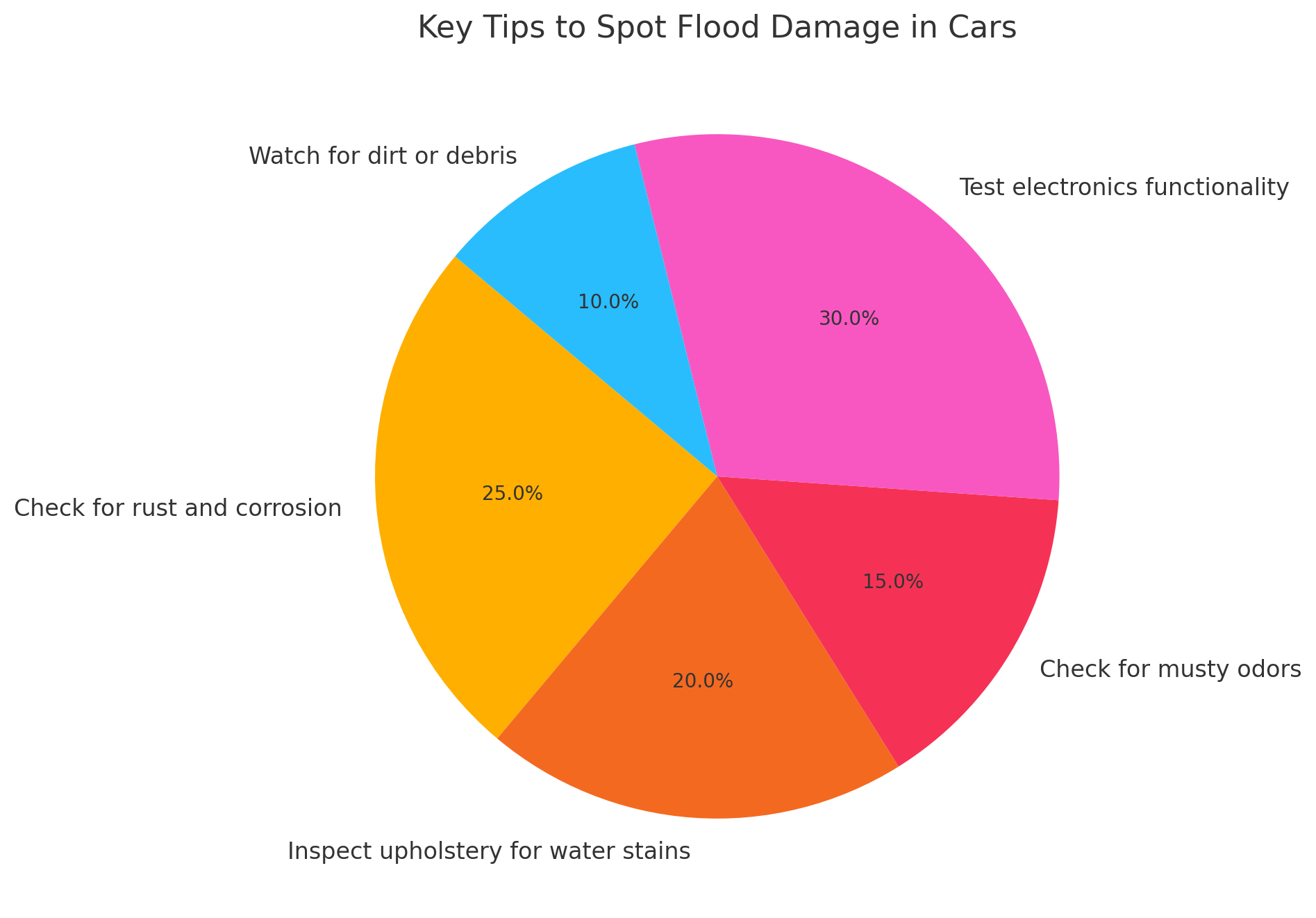Buying a used car can be a great way to save money, but there’s a hidden risk that buyers in Wisconsin should be especially wary of: flood-damaged vehicles. Due to Wisconsin’s proximity to flood-prone regions, cars affected by floods often end up in the local market. Here’s how to ensure you don’t get stuck with a vehicle that could cause costly headaches down the road.

Why Flood-Damaged Cars End Up in Wisconsin
Flood-damaged cars frequently come from states hit hard by hurricanes or heavy rains. These vehicles are often transported to places like Wisconsin, where unsuspecting buyers may not think to check for water damage. While these cars might look fine on the surface, they can have serious hidden issues, including:
- Electrical system failures
- Malfunctioning safety features like airbags
- Accelerated rust and corrosion
- Persistent mechanical problems
Even worse, some sellers manage to obtain clean titles for these cars, hiding their flood-damaged past. That’s why taking extra steps to verify a vehicle’s history is critical.

How a License Plate Lookup Can Help
One of the best ways to uncover a car’s history is by using a license plate lookup Wisconsin tool. This tool allows you to access essential details about the vehicle’s past, including:
- Title branding that indicates flood damage or salvage status
- Records of previous insurance claims
- Ownership history, including transfers from flood-prone states
If the vehicle has been branded as flood-damaged, it will show up in the report. This simple step can save you from costly repairs and potential safety risks down the line. You can also find VIN by license plate, which is another method to cross-reference the vehicle’s history.
Tips for Spotting Flood Damage
In addition to checking the vehicle’s history, it’s important to inspect the car thoroughly. Here are some tips to help you identify potential flood damage:
- Unusual Odors
- Musty or Moldy Smell: A persistent damp odor can indicate water damage.
- Overuse of Air Fresheners: May be an attempt to mask unpleasant smells.
- Interior Red Flags
- Water Stains: Look for stains on upholstery, carpeting, and the roof liner.
- Mismatched Materials: Inconsistent upholstery or carpeting can suggest replacements due to damage.
- Electrical and Mechanical Issues
- Malfunctioning Electronics: Test all electrical components; water damage can cause failures.
- Corrosion: Check for rust on metal parts under seats, the dashboard, and in the engine compartment.
- Exterior Clues
- Foggy Headlights and Taillights: Moisture inside light fixtures can indicate submersion.
- Mud or Silt: Inspect hard-to-clean areas like under the hood or in wheel wells for debris.

Cross-Reference Title Information
After inspecting the car, it’s a good idea to cross-check its title with any available vehicle history report. Titles branded with terms like “flood” or “salvage” indicate past damage. If the seller is reluctant to provide information or the title seems suspicious, walk away—it’s not worth the risk.
Take Action Before You Buy
Flood-damaged cars can look appealing, but their hidden problems can quickly turn into costly repairs. Don’t take chances. Before purchasing a used car in Wisconsin, be sure to:
- Inspect the vehicle thoroughly
- Use a license plate lookup to access its history
- Cross-reference title branding and other key details
Check for hidden flood damage with our Wisconsin License Plate Number Lookup Tool. Taking these steps will give you peace of mind and help you make an informed purchase.